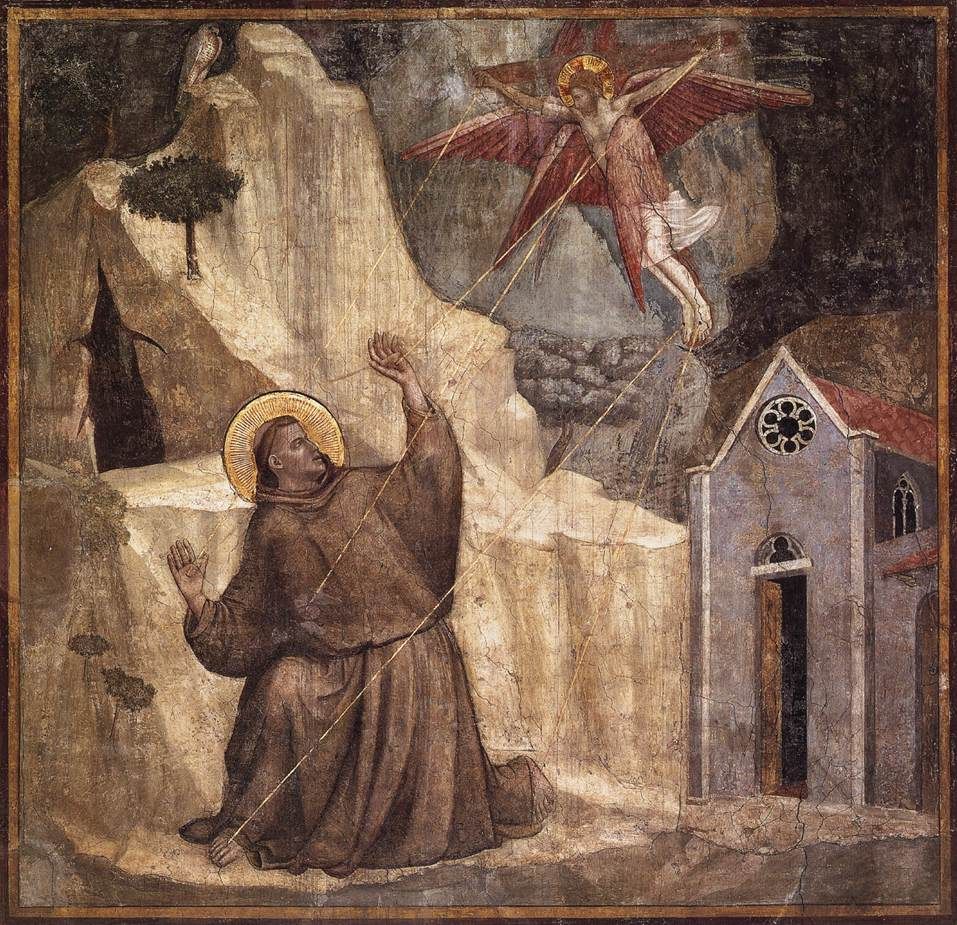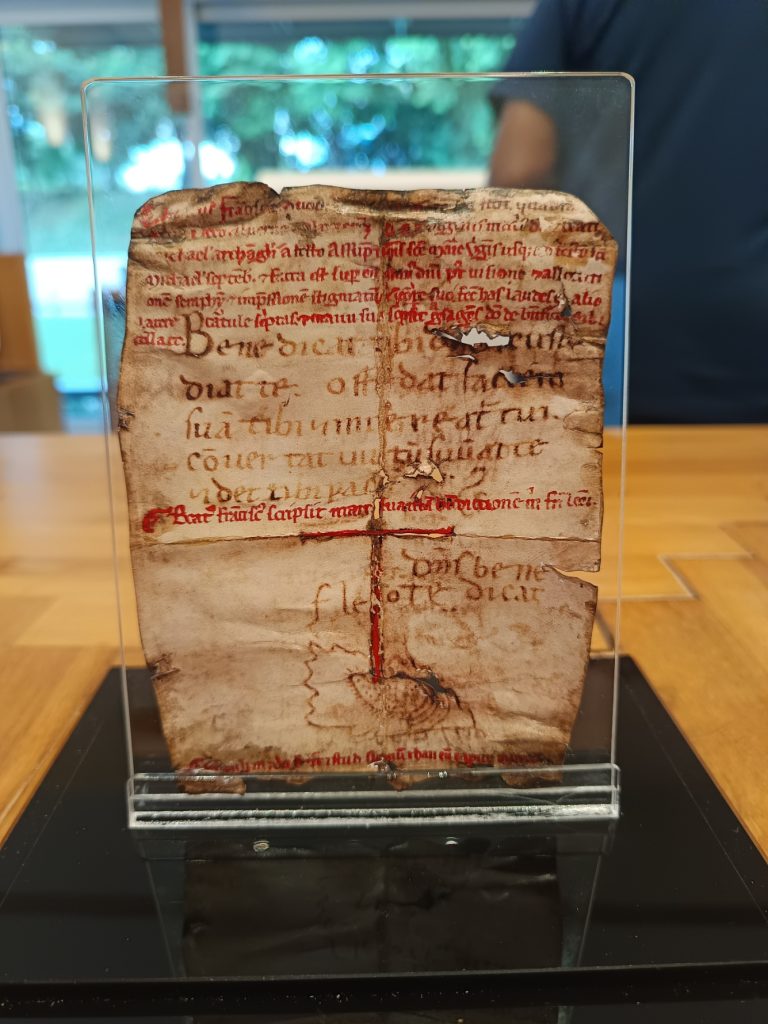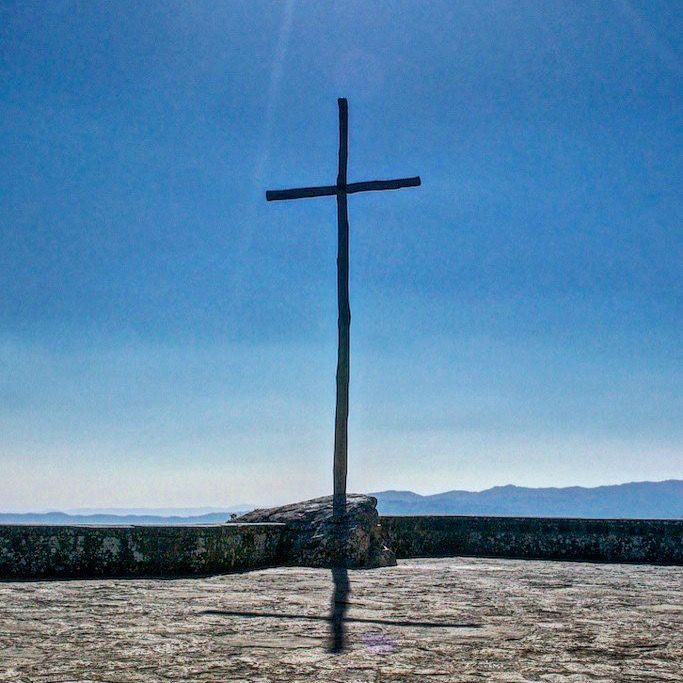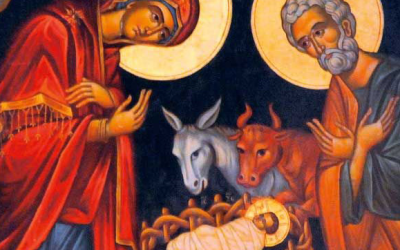The Tau Cross is one of the most recognisable symbols of the Franciscan family. It looks like the letter “T” and has deep biblical and spiritual meaning. Its history goes back to the Old Testament, where in the Book of Ezekiel, God commanded a mark to be placed on the foreheads of those who remained faithful to Him. This mark, written as the Hebrew letter tau (ת), became a sign of protection and faithfulness. Later, early Christians saw the Tau as a symbol of the cross of Christ, a reminder of salvation through His love.

For St. Francis of Assisi, the Tau was not just a letter or a shape. It was a living sign of his conversion and mission. In the early 13th century, Pope Innocent III used the Tau in his preaching, calling people to repentance and renewal of heart. Francis, who was deeply moved by this message, adopted the Tau as his personal symbol. He would often sign his letters with it and mark it on the walls of places where he stayed. To him, the Tau represented a commitment to live the Gospel fully, to embrace the cross, and to follow Christ with humility and joy.

The Tau also connects closely with the sacred experience of St. Francis at Mount La Verna. It was there, while in deep prayer and contemplation, that Francis received the stigmata, the wounds of Christ on his own body. In his prayer before the experience, he cried out, “Who are You, O God, and who am I?” This simple but powerful question reveals his deep humility and desire to know God more intimately. It is a prayer of someone who recognises his smallness before the greatness of divine love. On La Verna, Francis was united more closely to Christ’s suffering and love through the cross.

For the Franciscans today, the Tau remains a powerful reminder of this heritage. It is a sign of belonging to the spirit of St. Francis, a call to conversion, and a visible expression of one’s desire to live the Gospel life. Many friars, sisters, and lay Franciscans wear the Tau around their necks as a sign of their commitment to peace, simplicity, and love for all creation. It is not a decoration but a declaration—a quiet witness that says, “The Tau is yours.”
When we wear the Tau today, we are reminded that it belongs not to us, but to God. It invites us to carry the cross in our daily lives with faith and joy. It challenges us to live with compassion, to forgive, to serve the poor, and to care for our common home. Like St. Francis, we too can ask, “Who are You, O God, and who am I?”—a question that keeps our hearts humble and open to God’s grace. The Tau, then, is more than a symbol. It is a way of life, a sign that we walk in the footsteps of Christ, just as St. Francis did.





0 Comments